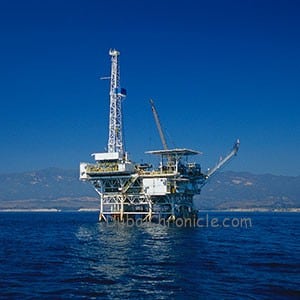
Oil prices strengthened in recent trading sessions on a decline in U.S. oil inventory levels and better economic numbers from China, world’s second-largest consumer and the largest net importer of oil. Investors price in such economic data as an indication for oil demand.
On Thursday, light, sweet crude for July delivery recently rose $1.04, or 1.8%, to $60.02 a barrel on the New York Mercantile Exchange. Brent, the global benchmark, rose 81 cents, or 1.3%, to $65.84 a barrel on ICE Futures Europe.
U.S. oil storage volume fell by 2.7 million barrels last week, the third draw in a row, the U.S. Energy Information Administration said. U.S. oil output also fell, to below 9.3 million barrels a day, its lowest level since early February.
Analysts at Commerzbank said in a report: ”The reported inventory reduction cannot hide the fact that stocks of crude oil and oil products are higher—considerably so in the case of the former and noticeably in the case of the latter—than last year’s levels, meaning that shortages should not occur. We continue to envisage downside risks for oil prices.”
According to Goldman Sachs Group Inc., oil price is poised to slump to $45 a barrel by October as a surplus of crude and producers’ easy access to cash weigh on the market.
A recovery in prices to near $60 a barrel from a six-year low in March is premature, analysts said in an e-mailed note to clients dated May 18. The availability of cheap capital exacerbates the need for sustained low prices to keep U.S. producers from boosting output, according to the bank.
“Our bearish view has been driven by two surpluses: excess hydrocarbons, but just as importantly, excess capital,” New York-based Currie and Damien Courvalin said in the note. “We find that the global market imbalances are in fact not solved and believe that the rally will prove self-defeating as it undermines the nascent rebalancing.”
“Should WTI remain near $60/bbl, U.S. producers will ramp up activity given improved returns with costs down by at least 20 percent,” Goldman said in the note.
Prices will recover gradually through to the end of next year and reach $60 a barrel, which Goldman estimates as the marginal cost of production for shale. The bank’s 12-month forecast is $55 a barrel, which implies $53 in the first quarter of 2016, it said in the note.
Goldman forecast WTI to trade this year at a $6 discount to Brent in London, the European benchmark crude, and $5 from 2016.



































